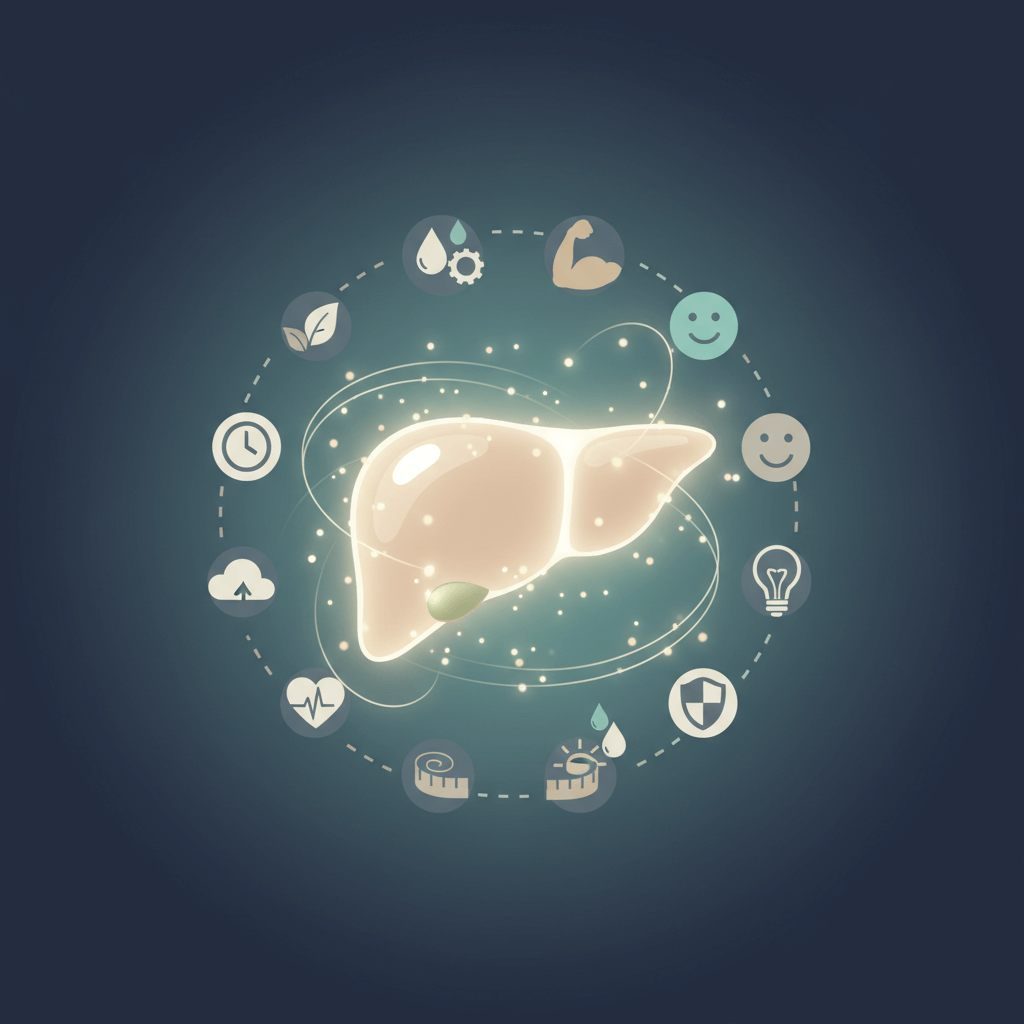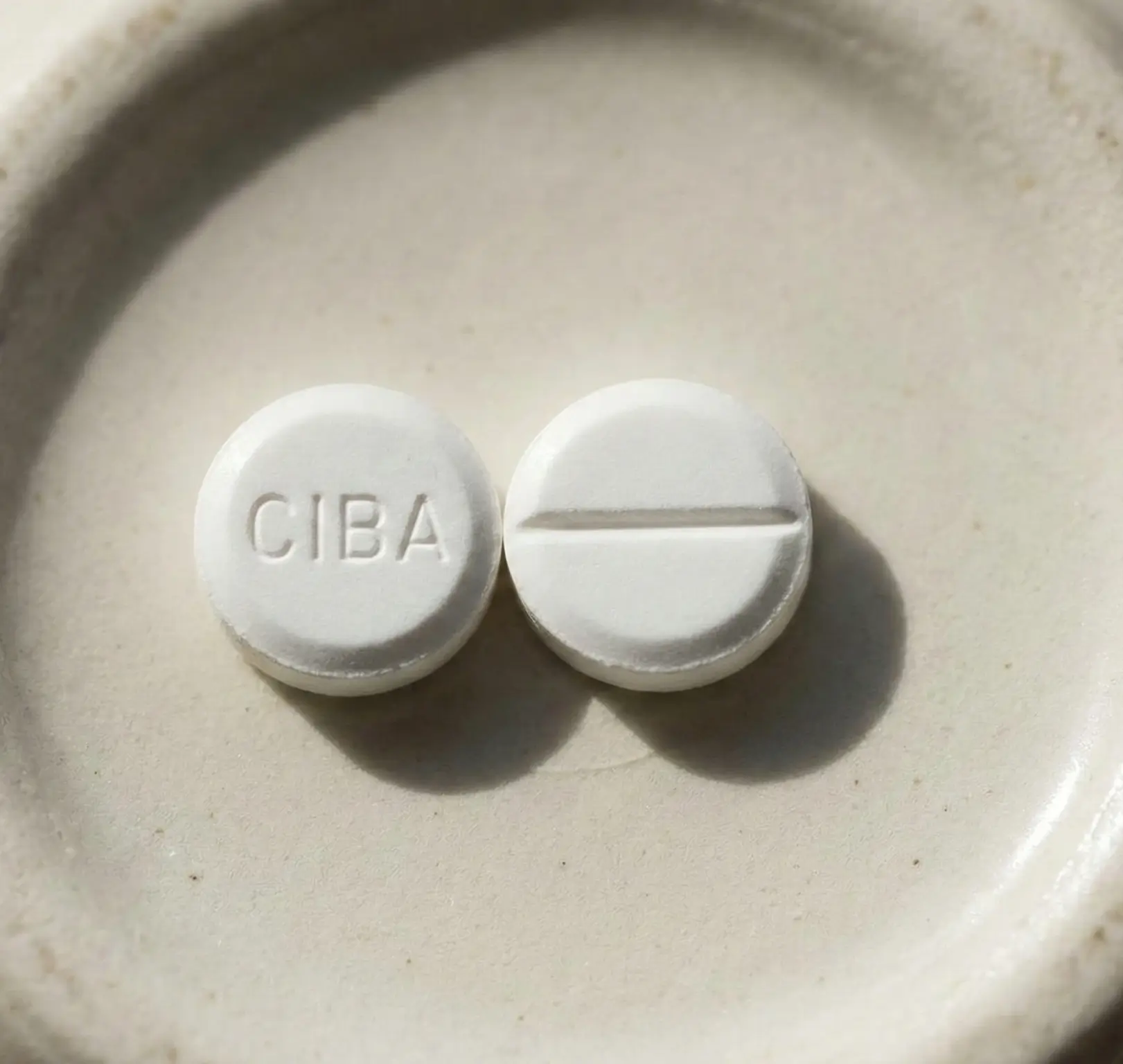Recognizing Addiction Symptoms
When it comes to identifying whether a loved one is suffering from addiction to prescription painkillers, it's important to be aware of the signs and behavioral changes that may indicate a problem. Recognizing these symptoms can be crucial in helping them seek the necessary support and treatment. Here are some signs to watch out for:

Signs of Prescription Painkiller Addiction
- Physical Evidence: Finding empty pill bottles, hidden stashes of pills, or drug paraphernalia such as syringes or pipes can be a clear indication of prescription painkiller addiction.
- Increased Tolerance: If your loved one requires higher doses of the drug to achieve the same effect or if they constantly express the need for more pills, it could be a sign of addiction.
- Obsession with Obtaining Pills: An individual who is addicted to prescription painkillers may become preoccupied with finding more pills, constantly seeking new prescriptions, or engaging in risky behavior to obtain the drugs.
Behavioral Changes to Watch For
- Withdrawal Symptoms: If your loved one experiences withdrawal symptoms such as anxiety, restlessness, nausea, or sweating when they are not taking the drug, it could be a sign of addiction.
- Mood and Behavioral Shifts: Look out for unexplained changes in mood, irritability, aggression, or sudden shifts in behavior. These can be indicative of addiction to prescription painkillers.
- Neglecting Responsibilities: A loved one suffering from addiction may neglect their responsibilities at work, school, or home. They might become increasingly isolated or withdraw from social activities.
- Relationship Issues: Addiction can strain relationships. Your loved one may experience conflicts with family members, friends, or romantic partners due to their drug use.
It's important to note that people who are addicted to prescription painkillers may still maintain a functional appearance, holding down jobs and appearing stable in their personal lives. However, the addiction is likely to lead to severe problems over time.
If you suspect that a loved one is suffering from addiction to prescription painkillers, it's important to approach the situation with empathy and encourage them to seek professional help. Addiction is a treatable condition, and early intervention can significantly improve the chances of successful recovery.
Impact on Family and Children
When a loved one suffers from addiction to prescription painkillers, the effects extend beyond the individual themselves. The impact on the family and, particularly, on children can be significant. Understanding these effects is crucial for recognizing the importance of seeking help and support.
Effects of Parental Substance Abuse
Parental substance abuse, including addiction to prescription painkillers, can have far-reaching consequences within the family unit. It often leads to the disruption of attachment, rituals, roles, routines, communication, social life, and finances. The behavior and emotional state of the addicted parent may vary, causing inconsistency and unpredictability, which can be distressing for both the parent and the child.
Children affected by parental substance abuse are at a higher risk for internalizing problems such as depression and anxiety, as well as externalizing problems such as opposition and conduct problems. The instability and chaos resulting from substance abuse can lead to emotional neglect, as the parent's focus is often directed towards obtaining and using drugs rather than meeting the child's emotional and physical needs.
Furthermore, parents with substance use problems may struggle with assertiveness and direct communication, leading to poor communication and affect dysregulation within the family. This can create an environment of confusion, mistrust, and decreased emotional support for the child.
Risks for Children in Addicted Homes
Children living in homes where there is addiction to substances, including prescription painkillers, are at an increased risk of developing substance use disorders themselves. They may witness drug abuse, experience neglect or abuse, and grow up in an environment with reduced parental supervision and guidance. These factors contribute to a higher likelihood of experimentation with drugs and alcohol during adolescence and adulthood.
Parental substance abuse is associated with an increased risk of child abuse and neglect, as well as an increased risk of the child engaging in violent crime. The instability and unpredictable behavior resulting from addiction can lead to neglectful or abusive parenting practices. Additionally, the child may be exposed to criminal activities associated with substance abuse, further exacerbating the risks they face.
Recognizing the impact of parental substance abuse on the family, and specifically on children, is crucial for early intervention and support. It is essential to provide a safe and stable environment for children affected by addiction, ensuring their physical and emotional well-being. Seeking help from support groups for families and professionals experienced in addiction recovery can provide the necessary guidance and assistance to navigate the challenges posed by addiction and its impact on the family unit.
Seeking Help and Support
When a loved one is suffering from addiction to prescription painkillers, it is crucial to seek help and support. Addiction is a complex and challenging issue that requires professional assistance and a strong support network. In this section, we will explore two important aspects of seeking help and support: support groups for families and the importance of early intervention.
Support Groups for Families
Support groups play a vital role in providing guidance and understanding to families of individuals struggling with addiction to prescription painkillers. These groups offer a safe space for family members to share their experiences, learn coping strategies, and find emotional support. Some widely recognized support groups include:
- Al-Anon: A worldwide fellowship that provides a recovery program for families and friends of individuals addicted to alcohol. Al-Anon offers resources such as tools to find local meetings, quizzes, and FAQs to address common concerns.
- Nar-Anon: A 12-step program for family and friends of individuals addicted to drugs. Nar-Anon holds regular meetings to assist family members affected by addiction.
- Parents of Addicted Loved Ones (PAL): A Christian-run non-profit organization that provides support for parents with children addicted to drugs or alcohol. PAL holds meetings usually on a weekly basis.
- SMART Recovery Family & Friends: Offers a science-based program for family members of individuals with addiction. SMART Recovery Family & Friends provides meetings in many cities and employs non-confrontational methods to help cope with a loved one's addiction.
Participating in these support groups can provide valuable information, guidance, and a sense of community, allowing family members to better understand addiction and develop effective strategies for supporting their loved ones on the path to recovery. For more information and to find local meetings, visit The Recovery Village.
Importance of Early Intervention
Early identification and intervention are crucial when it comes to addressing addiction to prescription painkillers. Research shows that early identification of substance use problems is a much more effective solution [4]. Waiting for individuals to ask for help can be risky, as untreated problems can lead to crises such as arrests, medical emergencies, loss of job, public embarrassment, and even death.
Promptly addressing the issue of addiction can prevent it from escalating into a more severe condition. By seeking help from a healthcare professional or addiction treatment specialist, individuals and their families can ensure they receive the necessary support and treatment. Treatment options for substance use disorders include long-term residential facilities, detoxification, counseling, and other forms of care.
If you suspect that a loved one is suffering from addiction to prescription painkillers, it is essential to reach out for professional help and support. By taking early action, you can provide the necessary assistance and increase the chances of successful recovery. For more information and resources, consult Health Canada and Mayo Clinic.
Understanding Prescription Painkiller Addiction
Prescription painkiller addiction is a serious issue that affects individuals across different demographics. In order to address this problem effectively, it's important to have a solid understanding of the effects of opioids on the body and the risks and consequences associated with their misuse.
Effects of Opioids on the Body
Prescription opioids, such as oxycodone, morphine, hydromorphone (Dilaudid), and fentanyl, are commonly prescribed by licensed medical practitioners to relieve pain, control coughs and diarrhea, and treat addiction to other opioids. Opioids work by suppressing pain sensation and emotional responses to pain, inducing euphoria, relaxation, drowsiness, and other physical and psychological effects [5]. The specific effects can vary depending on factors such as dosage and method of intake.
Regular use of opioids can lead to physical dependence, where withdrawal symptoms occur when usage is stopped. These symptoms may include anxiety, insomnia, drug craving, and other discomforts. While most symptoms subside within a week, some may persist for a longer duration.
Long-term use of opioids can have various effects on the body, including constipation, decreased interest in sex, menstrual irregularities, mood swings, and addiction. Addiction to opioids can have long-term social, financial, and emotional consequences for individuals and their loved ones.
Risks and Consequences of Misuse
Prescription opioids can produce a sense of relaxation and euphoria, making them susceptible to misuse. However, their misuse can be extremely dangerous. Opioids are highly addictive and can lead to overdoses and death. The misuse of prescription opioids can also serve as a gateway to heroin use. Data shows that a significant number of individuals who misuse prescription opioids eventually switch to heroin, with heroin frequently being the first opioid people use.
Repeated misuse of prescription opioids can result in a substance use disorder (SUD), ranging from mild to severe. Addiction is the most severe form of an SUD and occurs when continued misuse changes the brain, causing health problems and impairments in meeting responsibilities at work, school, or home.
When individuals addicted to opioid medications stop using the drug, they can experience severe withdrawal symptoms. These symptoms can include drug cravings, diarrhea, yawning, abdominal pain, nausea or vomiting, sweating, and restlessness [6].
It's important to understand the risks and consequences associated with prescription painkiller addiction. However, it's equally important to know that there are treatment options available to help individuals struggling with addiction. Medications and behavioral therapies have proven to be effective in managing opioid addiction. Medications can help manage withdrawal symptoms and cravings by interacting with the same opioid receptors as prescription opioids. Behavioral therapies can help modify attitudes and behaviors related to drug use and enhance healthy life skills [6]. By seeking help and support, individuals can embark on a journey towards recovery and regain control of their lives.
Treatment and Recovery Options
When it comes to addressing addiction to prescription painkillers, there are various treatment and recovery options available. These approaches aim to help individuals overcome their addiction and regain control of their lives. Two primary avenues for treatment and recovery include different approaches to addressing addiction and the use of medications and therapies.
Approaches to Addressing Addiction
Treatment for addiction to prescription painkillers encompasses a range of options, tailored to meet the individual's needs. These may include:
- Inpatient Rehabilitation: Long-term residential facilities provide a structured environment for individuals to focus on their recovery. Inpatient rehabilitation programs offer comprehensive support, including detoxification, counseling, and therapy.
- Outpatient Programs: These programs allow individuals to receive treatment while living at home. Outpatient programs typically involve regular counseling sessions, group therapy, and educational programs. They provide flexibility for individuals who cannot commit to full-time residential care.
- Support Groups: Support groups, such as Narcotics Anonymous (NA), offer a sense of community and peer support. These groups provide a safe space for individuals to share their experiences, learn from others, and develop coping strategies.
- Counseling and Therapy: Individual counseling and therapy sessions can help individuals address the underlying causes of addiction, develop coping skills, and create a relapse prevention plan.
Medications and Therapies for Recovery
Medications and therapies play a crucial role in supporting recovery from prescription painkiller addiction. They can help manage withdrawal symptoms, reduce cravings, and address the underlying issues associated with addiction.
- Medications: Medications that interact with the same opioid receptors as prescription opioids can help manage withdrawal symptoms and cravings. These medications include methadone, buprenorphine, and naltrexone. They are prescribed under medical supervision and are effective in reducing the risk of relapse.
- Behavioral Therapies: Behavioral therapies help individuals modify attitudes and behaviors related to drug use and develop healthier life skills. Cognitive-behavioral therapy (CBT) and contingency management are commonly used approaches. CBT helps individuals identify and change negative thought patterns and behaviors associated with addiction. Contingency management offers incentives for positive behaviors, such as drug-free urine samples, to reinforce abstinence.
Combining medications with behavioral therapies has shown to be the most effective approach for treating prescription painkiller addiction. This comprehensive approach addresses the physical and psychological aspects of addiction, providing individuals with the necessary tools and support to achieve long-term recovery.
It's important to consult with medical professionals or addiction specialists to determine the most appropriate treatment and recovery options for individuals struggling with prescription painkiller addiction. With the right support and personalized treatment plan, individuals can find their path to recovery and regain control of their lives.
Preventing Prescription Drug Abuse
When it comes to prescription drug abuse, prevention plays a critical role in ensuring the well-being of individuals and their loved ones. By focusing on education and exploring alternatives to opioid pain relief, we can take proactive steps to mitigate the risks associated with prescription drug misuse.
Education on Opioid Misuse
Education is a powerful tool in preventing prescription drug abuse. By raising awareness about the dangers of opioid painkillers and the potential for misuse, we can empower individuals to make informed decisions regarding their health and medication usage.
It is crucial to understand that prescription drug abuse involves the use of prescription medicine in a manner not intended by the prescriber. This can range from taking a friend's prescription painkiller to snorting or injecting pills to get high. The drugs most commonly misused include opioid painkillers, anti-anxiety medicines, sedatives, and stimulants. It is important to note that prescription drug abuse can affect individuals of all age groups, including teens.
Healthcare providers play a crucial role in educating patients about the potential risks and side effects of prescription medications. They can explain the importance of taking medications only as prescribed and provide clear instructions on proper usage. By fostering open and honest communication between patients and healthcare providers, we can reduce the likelihood of prescription drug abuse.
Alternatives to Opioid Pain Relief
Exploring alternatives to opioid pain relief is another essential step in preventing prescription drug abuse. While opioids can be effective for managing pain, they carry a significant risk of addiction and other serious consequences, especially when taken in high doses or combined with other medications, alcohol, or recreational drugs.
Healthcare providers can work with patients to explore non-opioid pain relief options. These may include:
- Nonsteroidal anti-inflammatory drugs (NSAIDs): These medications, such as ibuprofen or naproxen, can help alleviate pain and reduce inflammation.
- Acetaminophen: This over-the-counter pain reliever can be effective for mild to moderate pain but should be used according to the recommended dosage.
- Physical therapy: In some cases, physical therapy, exercises, and other non-pharmacological interventions can provide pain relief and improve function.
- Alternative therapies: Techniques like acupuncture, massage therapy, and chiropractic care may offer pain relief for certain individuals.
By exploring these alternatives, individuals can find effective pain management strategies that minimize the need for prescription painkillers. It is essential to discuss these options with healthcare providers to determine the most suitable approach for each individual's unique circumstances.
By emphasizing education on opioid misuse and exploring alternatives to opioid pain relief, we can take proactive steps to prevent prescription drug abuse. It is crucial to address this issue promptly and seek help and support when needed. Together, we can create a safer and healthier environment for individuals and their loved ones.













